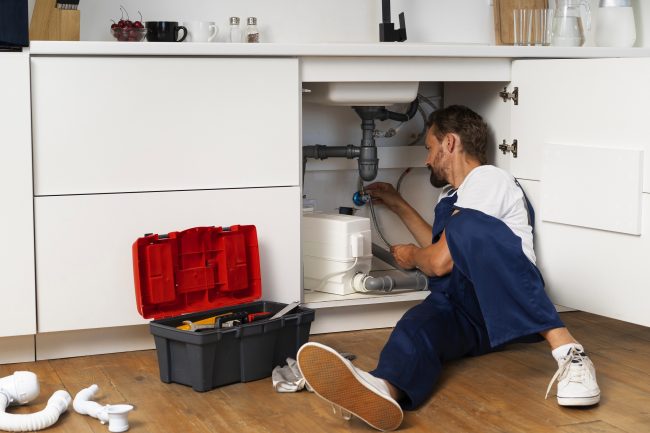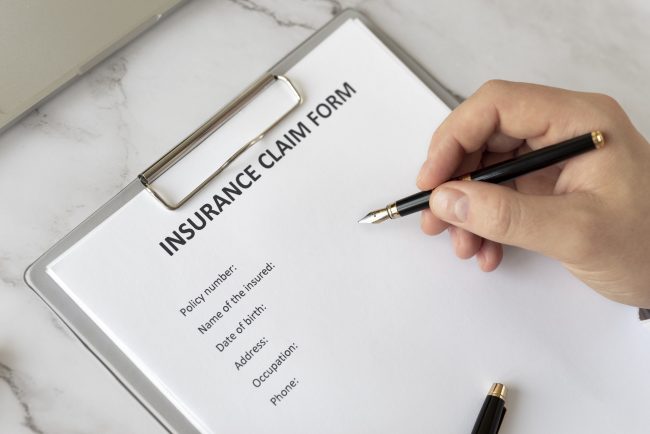Freeholder building insurance plays a key role in safeguarding property owners against financial loss, unexpected damage, and liability claims. Without the right insurance cover, freeholders risk expensive repairs and legal complications.
Best Freeholder Insurance: Freeholder Building Insurance Covers What Matters Most
Owning a freehold property comes with responsibilities. From maintaining the physical structure to managing communal areas, securing proper protection is critical. Freeholder building insurance plays a key role in safeguarding property owners against financial loss, unexpected damage, and liability claims. Without the right insurance cover, freeholders risk expensive repairs and legal complications.
Why Freeholder Insurance Matters
Owning a freehold property comes with responsibilities. From maintaining the physical structure to managing communal areas, assuring proper protection is critical. Freeholder building insurance plays a key role in safeguarding property owners against financial loss, unexpected damage, and liability claims. Without the right insurance cover, freeholders risk expensive repairs and legal complications.
Buildings insurance coverage is not just a precaution—it is a legal requirement in many cases. Freeholders responsible for a block of flats or a converted house must arrange the right freeholder insurance policy to cover:
- Structural Damage – Protection for the physical structure, including walls, floors, and roofs.
- Alternative Accommodation – Assistance for leasehold tenants if the property becomes uninhabitable due to an insured event.
- Liability Protection – Covering property owner liability and third-party liability claims in case of accidents or damage.
- Legal Fees – Coverage for disputes related to freeholder responsibilities and tenancy agreements.
Managing agents and property management companies rely on comprehensive insurance policies to mitigate financial risks and maintain operations.
Why Freeholder Buildings Insurance Cover is Important
For properties with multiple flats, having freeholder building insurance coverage is vital. Whether it’s a purpose-built block, a converted property, or a leasehold property with communal entrances and gardens, an insurance policy should be able to cover the whole building. Key areas of coverage include:
- Service Pipes – Repairs and replacements are covered to prevent costly plumbing issues.
- Replacement Keys – Covering the cost of replacing lost or stolen keys for communal entrances and individual flats.
- Communal Areas – Protection for hallways, staircases, shared gardens, and other jointly used spaces.
- Rebuild Value – Confirm that the policy aligns with recognized independent price indices to maintain appropriate cover over time.
A well-structured freeholder-building insurance policy prevents unforeseen issues from leading to costly disputes. Property owners, managing agents, and joint freeholders should assess policy limits, claims history, and sums insured to secure optimal coverage.
What Freeholder Buildings Insurance Covers
A well-structured freeholder building insurance policy typically includes:
- Structural Damage – Protection for the physical structure, including walls, floors, and roofs.
- Accidental Damage – Cover for unexpected incidents that cause property damage.
- Malicious Damage – Protection against vandalism and intentional destruction.
- Property Owner Liability Cover – Financial protection if someone is injured on the property and files a claim.
- Third-Party Liability Cover – Legal cost coverage if the property causes damage to a neighboring structure.
- Alternative Accommodation – Assistance for leasehold tenants if the building becomes uninhabitable due to an insured event.
- Legal Fees – Coverage for disputes related to freeholder responsibilities and tenancy agreements.
- Flats Insurance – covers multiple properties within a single freehold.
- Joint Freeholder Building Insurance – A policy designed for properties with more than one freeholder.

When choosing freeholder insurance, assessing policy limits, claims history, and sums insured is necessary. Mortgage lenders often require building insurance as part of their lending criteria, making it a priority for freeholders who manage several flats within a property.
Understanding Service Charges and Insurance Costs
Freeholders are responsible for arranging building insurance, but the cost is usually included in the service charge paid by leasehold tenants. Insurance policies indexed to recognized independent price indices guarantee rebuild value remains accurate over time. This prevents underinsurance, which could leave freeholders financially exposed in the event of a major claim.
Flat building cover should be structured to protect communal areas such as hallways, staircases, and gardens. Whether managed by a resident association or a professional property management company, securing that every aspect of the property is covered is paramount.
Choosing the Best Freeholder Insurance
Finding the best freeholder insurance requires comparing policies, evaluating coverage, and assuring compliance with legal requirements. Factors such as claims history, rebuild value, and liability cover should be carefully reviewed. Comparison sites will provide an overview of available policies, but expert advice from a trusted insurance provider remains the best way to secure the most comprehensive freeholder coverage.
Freeholder Building Insurance works with industry-leading providers to offer insurance solutions for freehold properties. With policies designed to protect landlords, managing agents, and joint freeholders, securing the right cover has never been easier. Whether it’s a converted property, a block of flats, or a multi-unit development, the right insurance policy provides the financial protection freeholders need.

Key Considerations When Selecting a Policy
When selecting a freeholder insurance policy, certain factors may influence the level of coverage and overall costs. Freeholders should consider:
- Claims History – Previous insurance claims will impact policy pricing and eligibility.
- Sums Insured – Securing the property’s rebuild value is accurately assessed to avoid underinsurance.
- Policy Limits – Reviewing the maximum amounts covered for structural damage, liability protection, and alternative accommodation.
- Third-Party Liability – Checking that the policy includes coverage for potential legal claims from leasehold tenants or visitors.
- Legal Requirements – Securing compliance with lease agreements and lender requirements for adequate insurance coverage.
A comprehensive insurance policy not only protects against financial loss but providesfreeholders meet their legal obligations. By working with a specialist provider, property owners may secure a policy that aligns with their specific needs and responsibilities.
The Takeaway
Choosing the right insurance policy is critical for freeholders who want to protect their property and finances. The best freeholder insurance secures comprehensive coverage, safeguarding against unforeseen damages and liabilities. Freeholder Building Insurance connects property owners with trusted insurance providers, offering policies that meet their specific needs.
Frequently Asked Questions
What does freeholder insurance cover include?
Freeholder insurance cover includes protection for the building’s structure, communal areas, alternative accommodation, and liability claims.
How does a landlord insurance policy differ from freeholder insurance?
A landlord insurance policy typically covers rental-related risks like loss of rent and tenant damage, while freeholder insurance focuses on structural protection and liability.
Is landlord insurance necessary if I already have freeholder insurance?
Yes, landlord insurance provides additional coverage for rental properties, including property owner liability and potential loss of rental income.
Can I pass the cost of freeholder insurance to leaseholders?
Yes, freeholders usually recover the insurance cost through service charges paid by leaseholders as outlined in the lease agreement.
images by freepik

